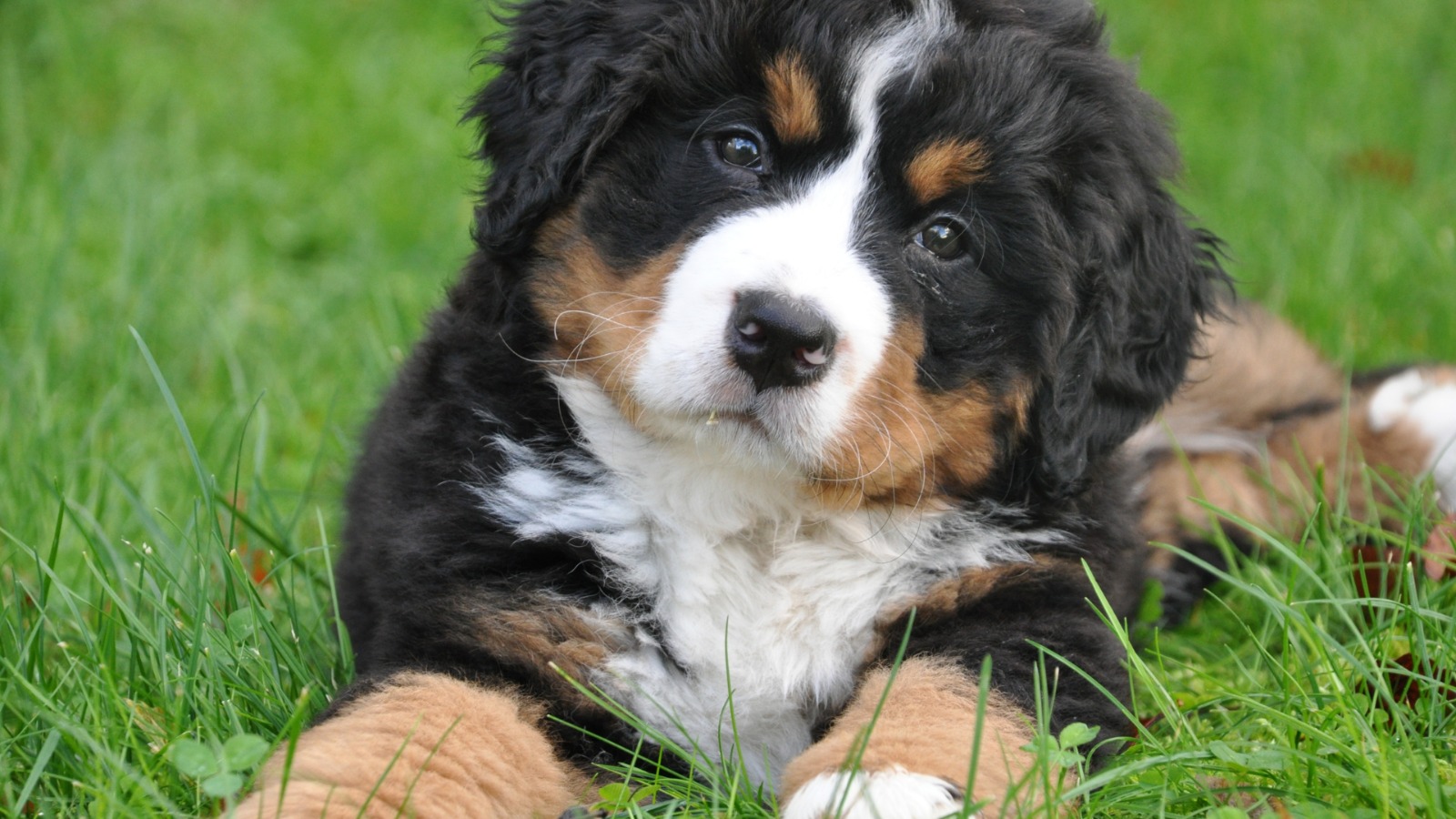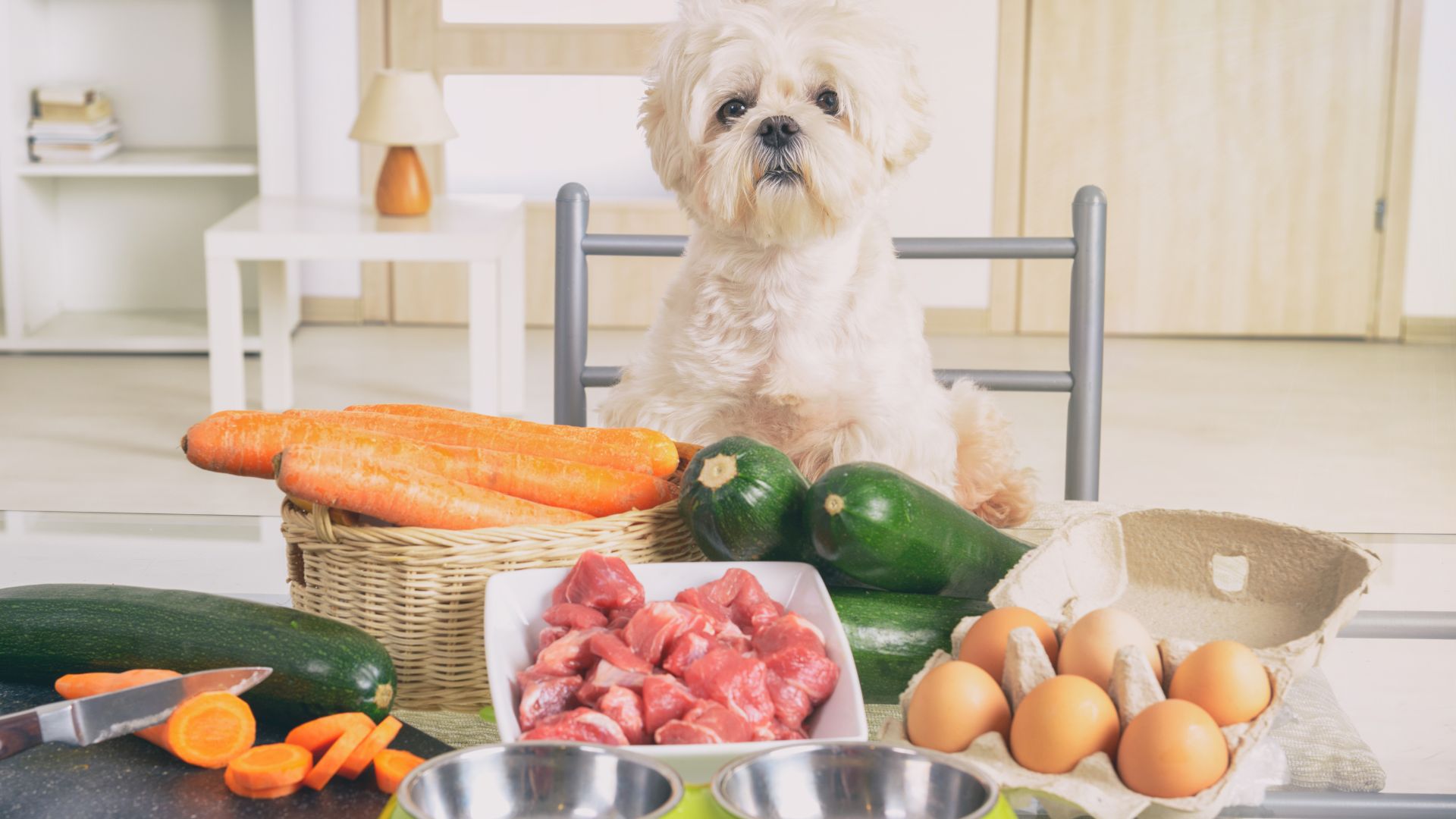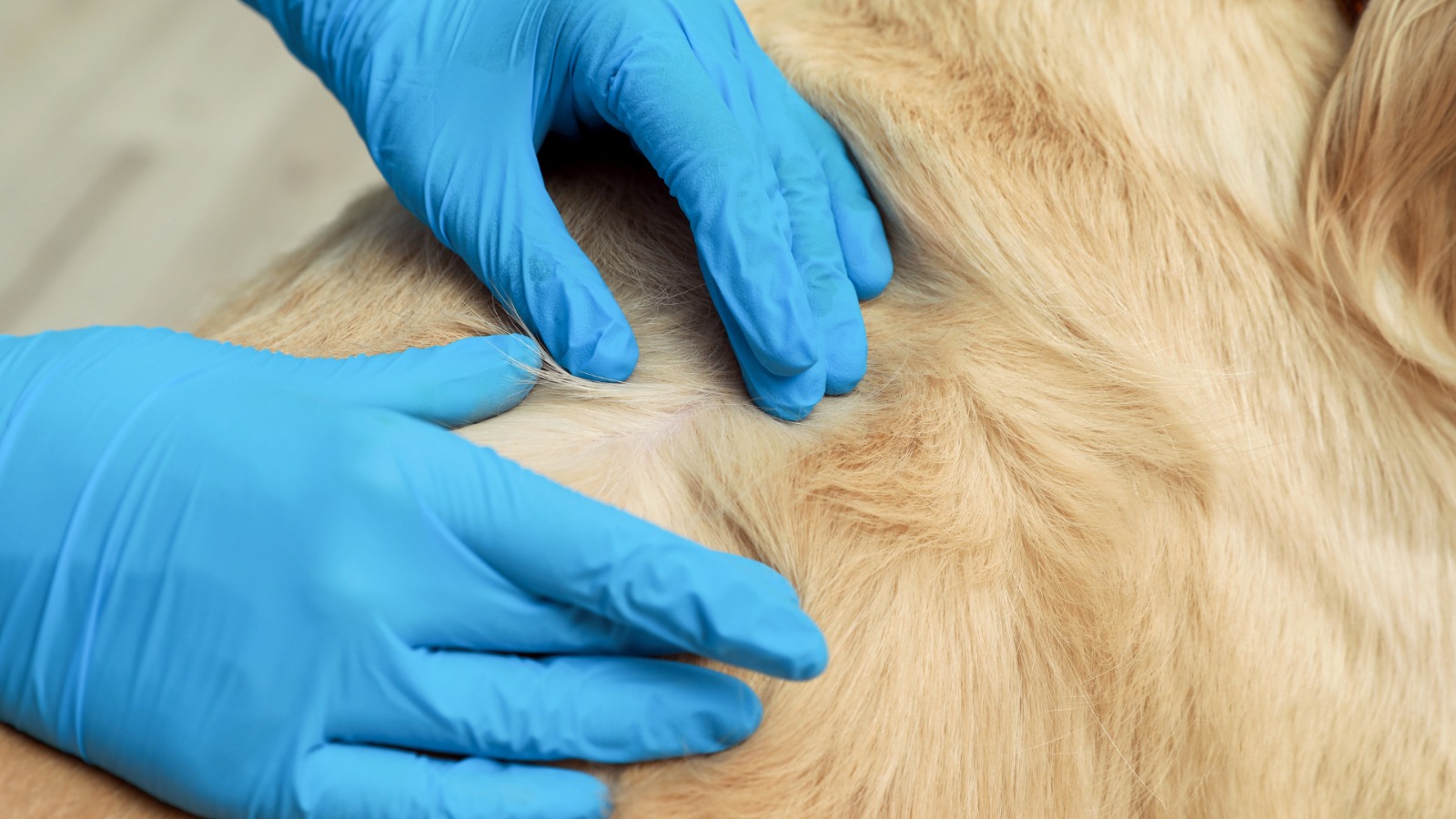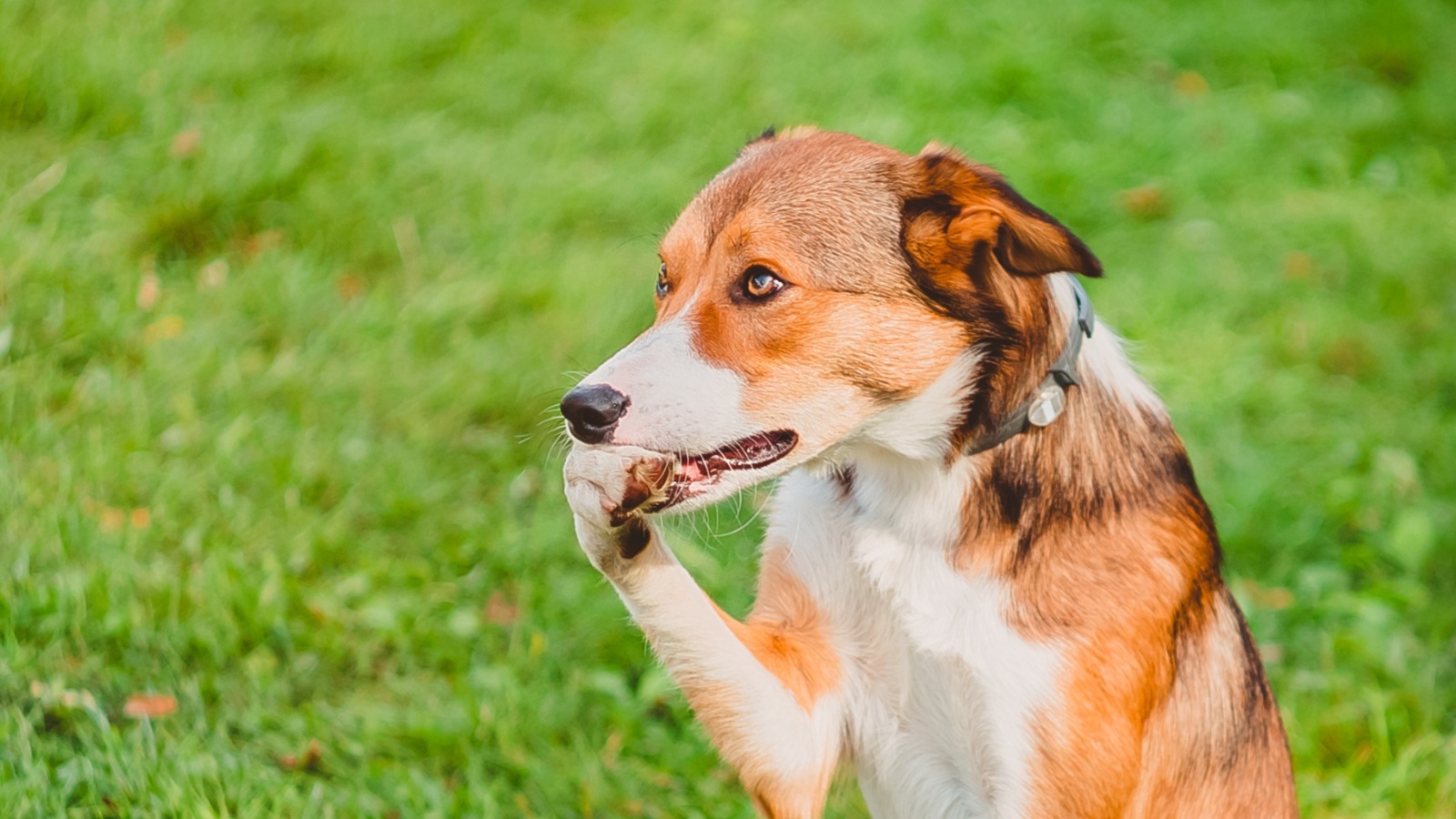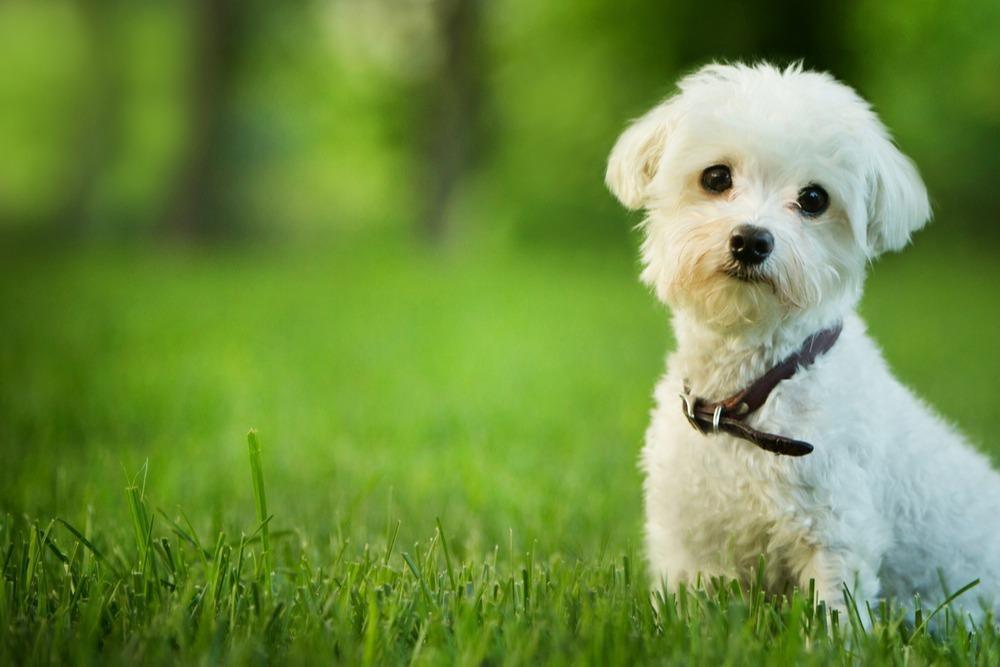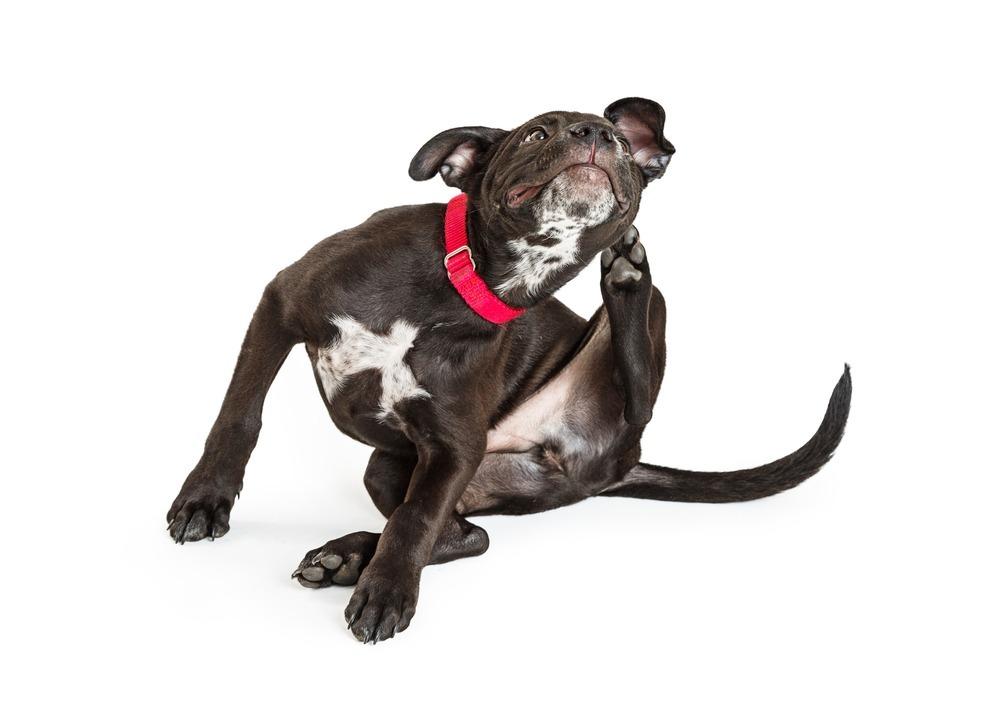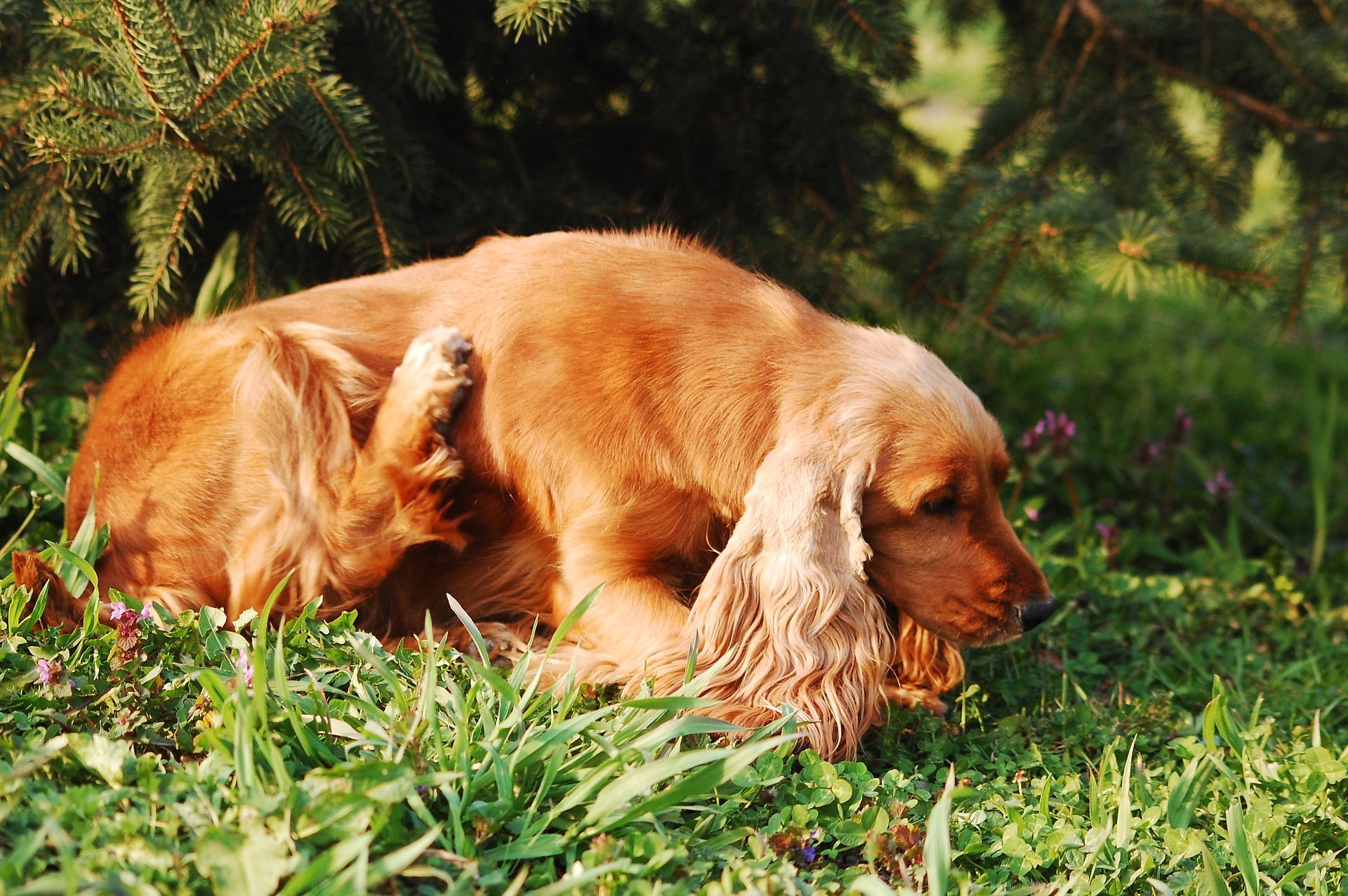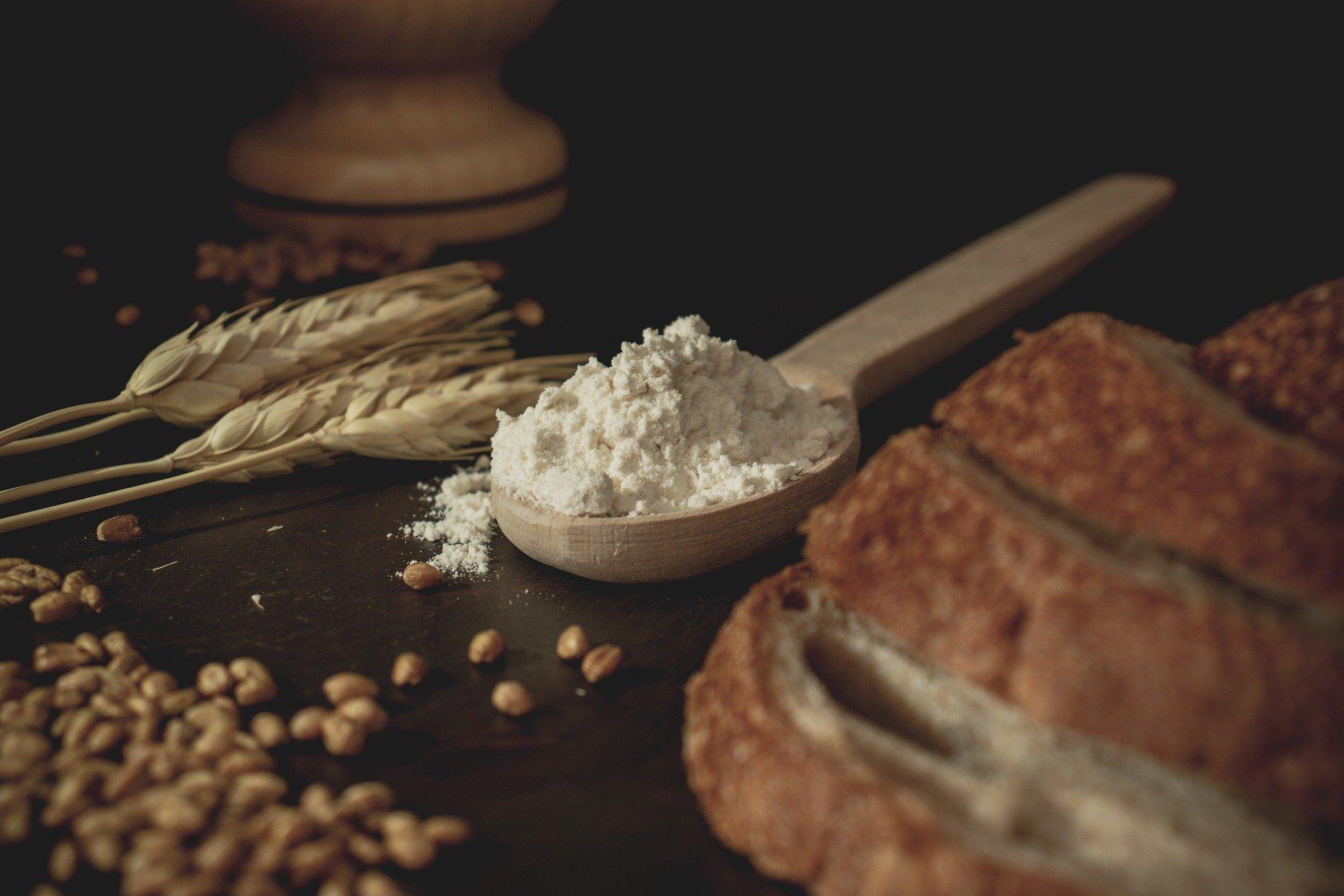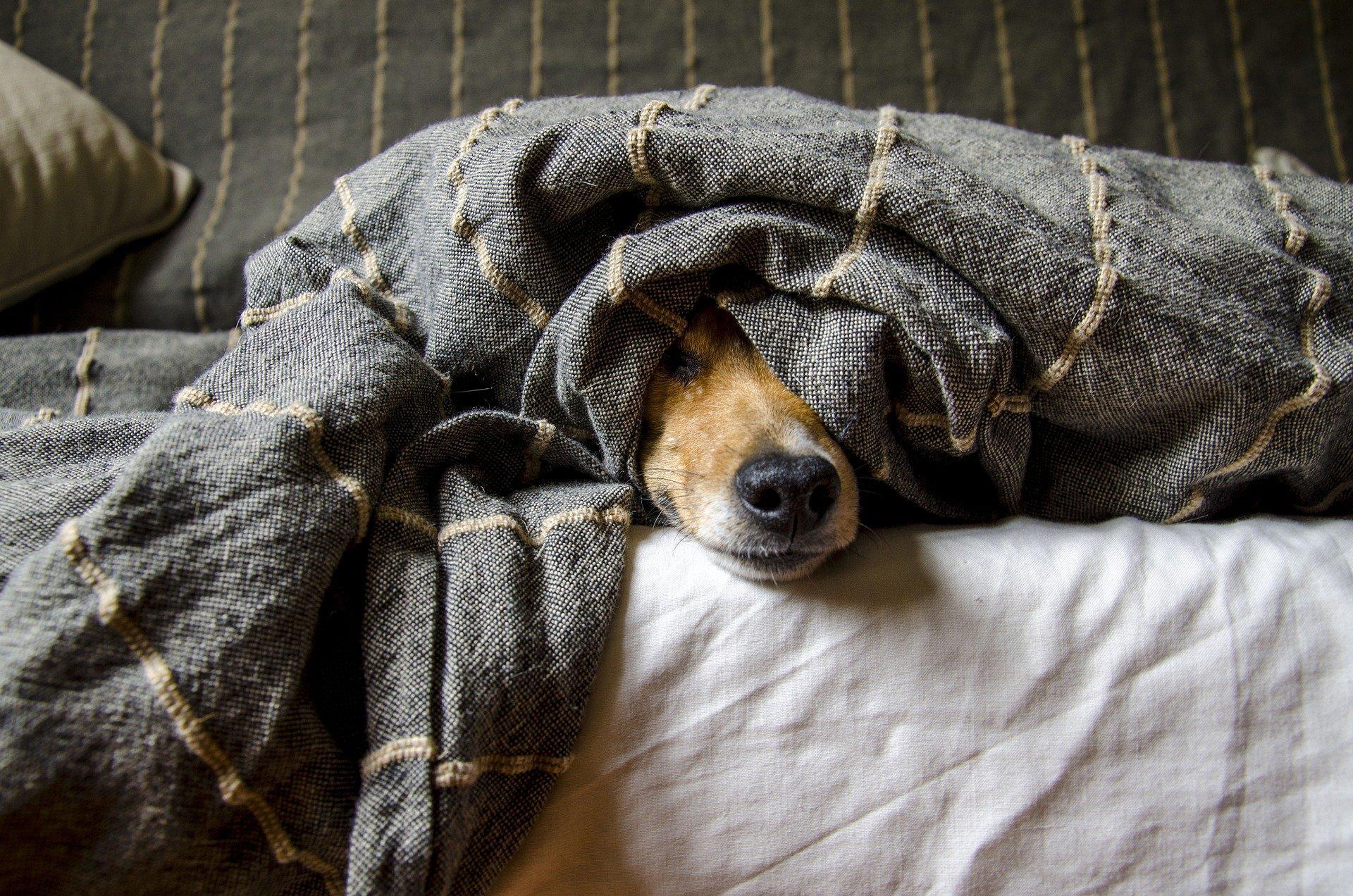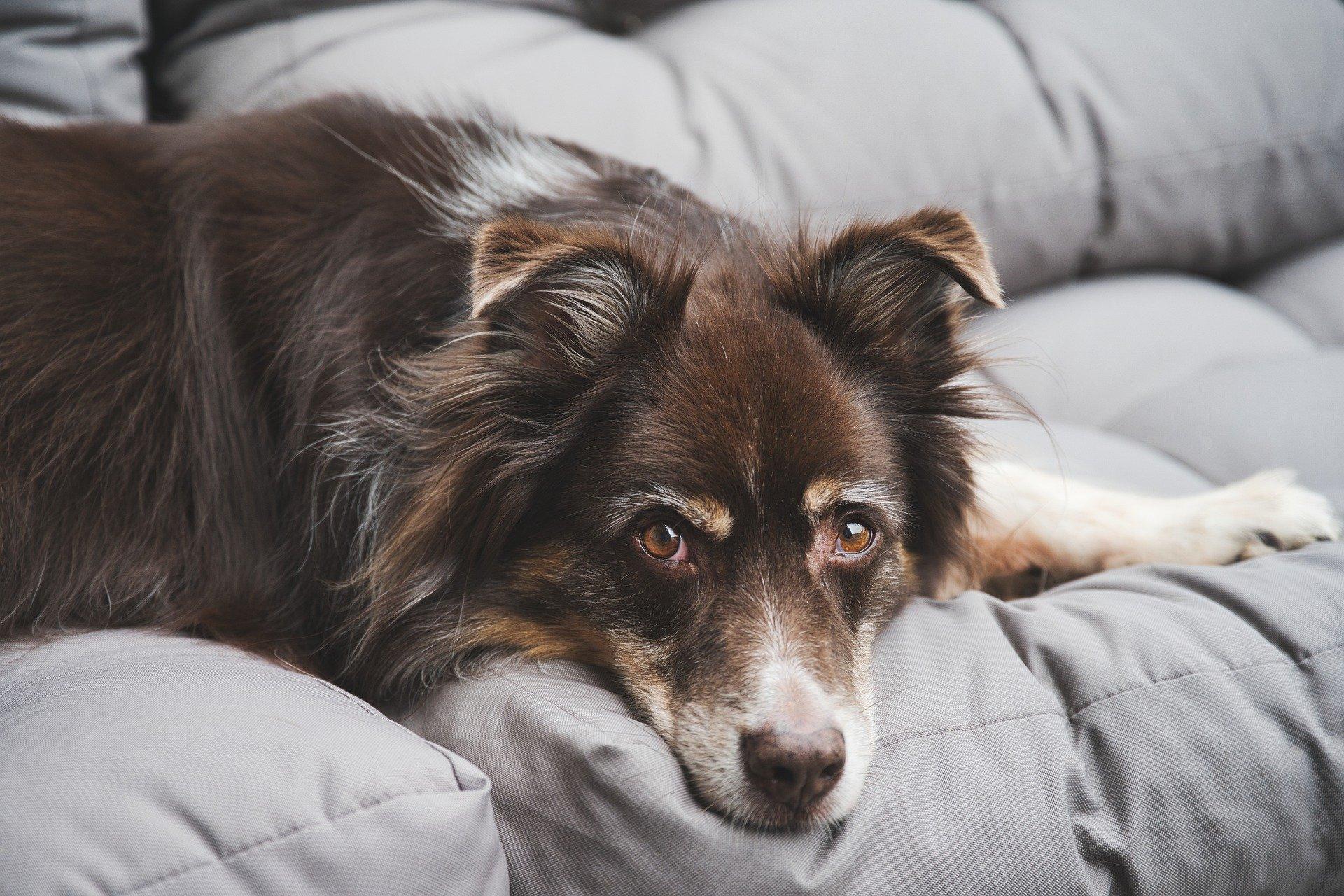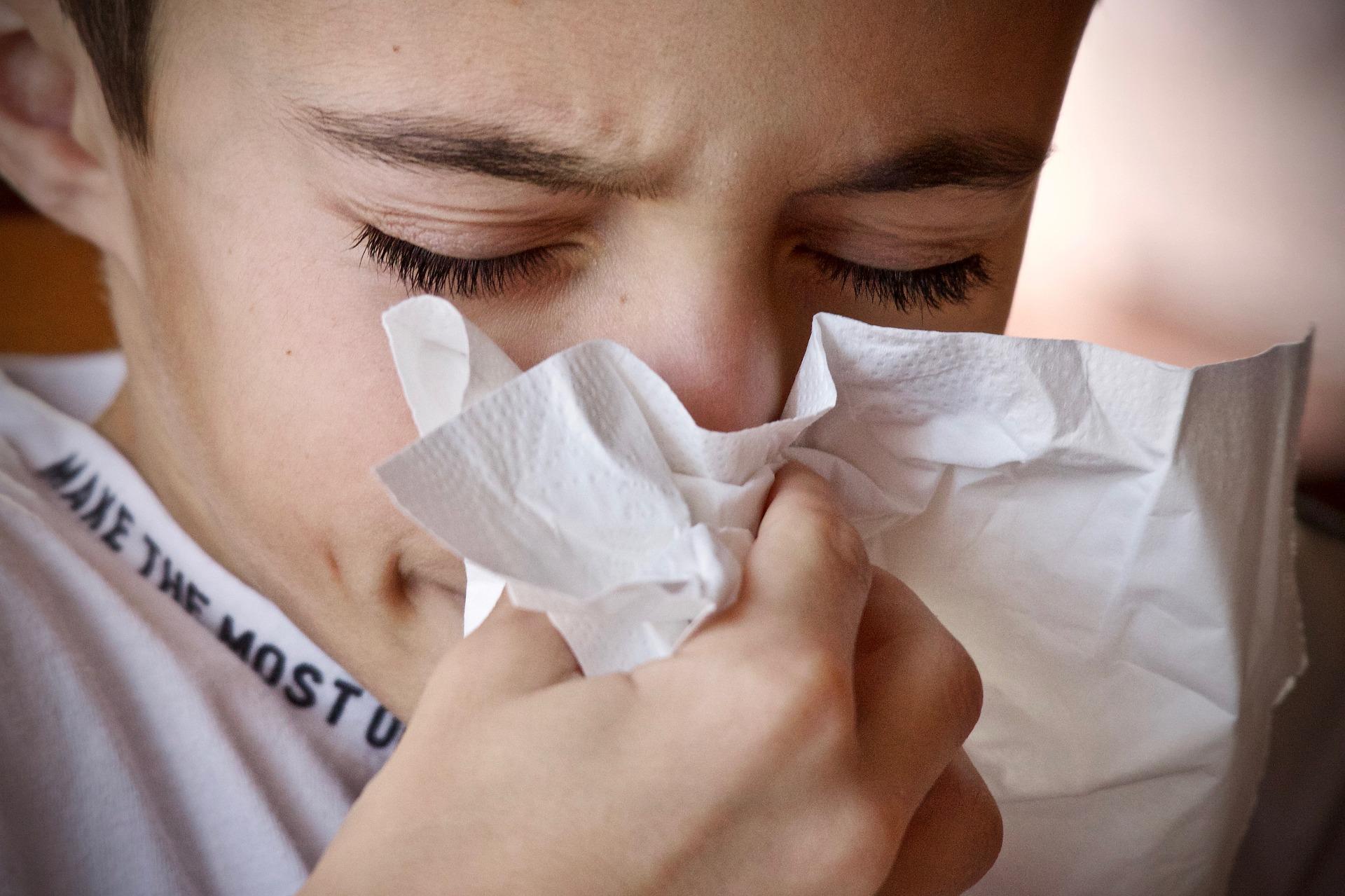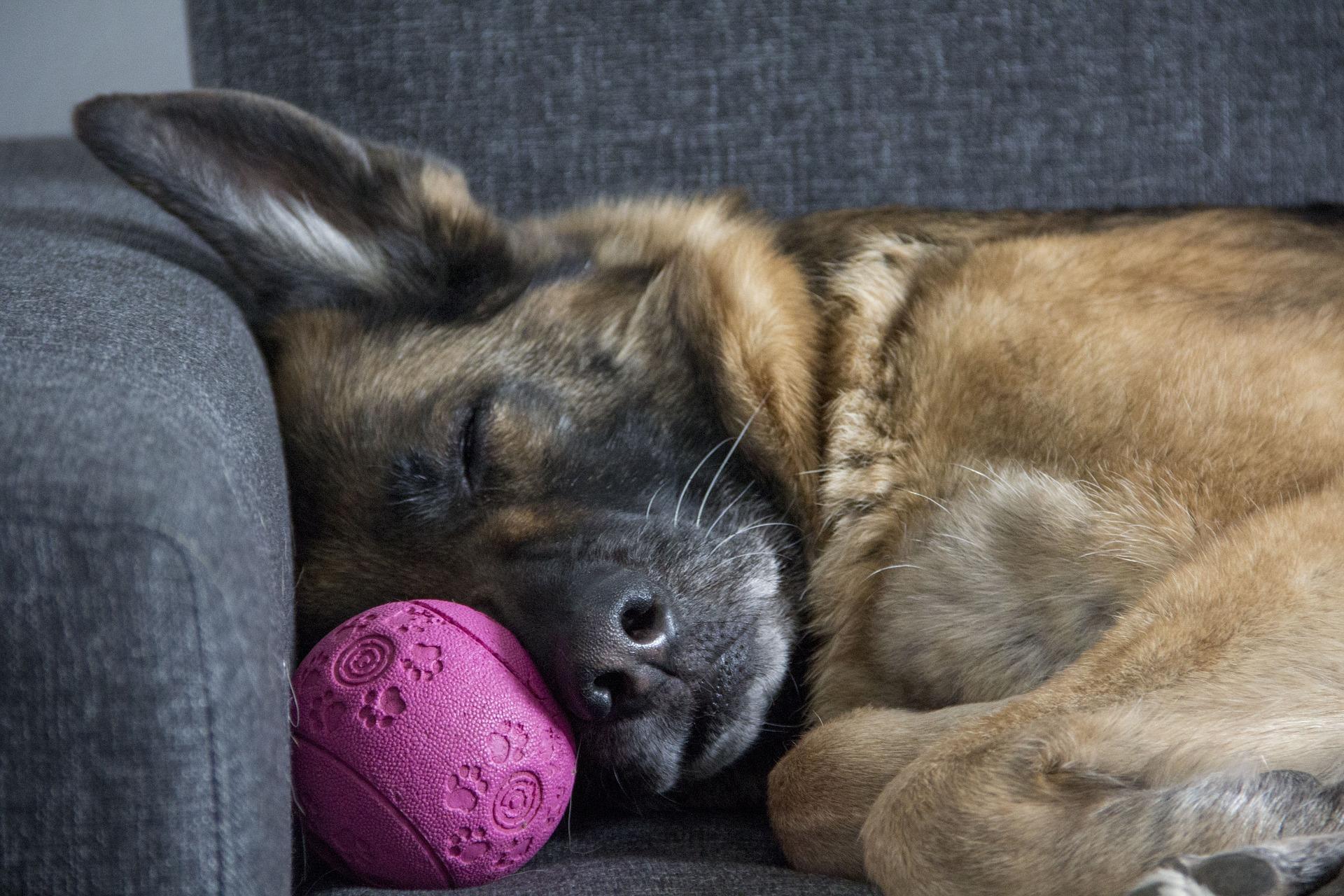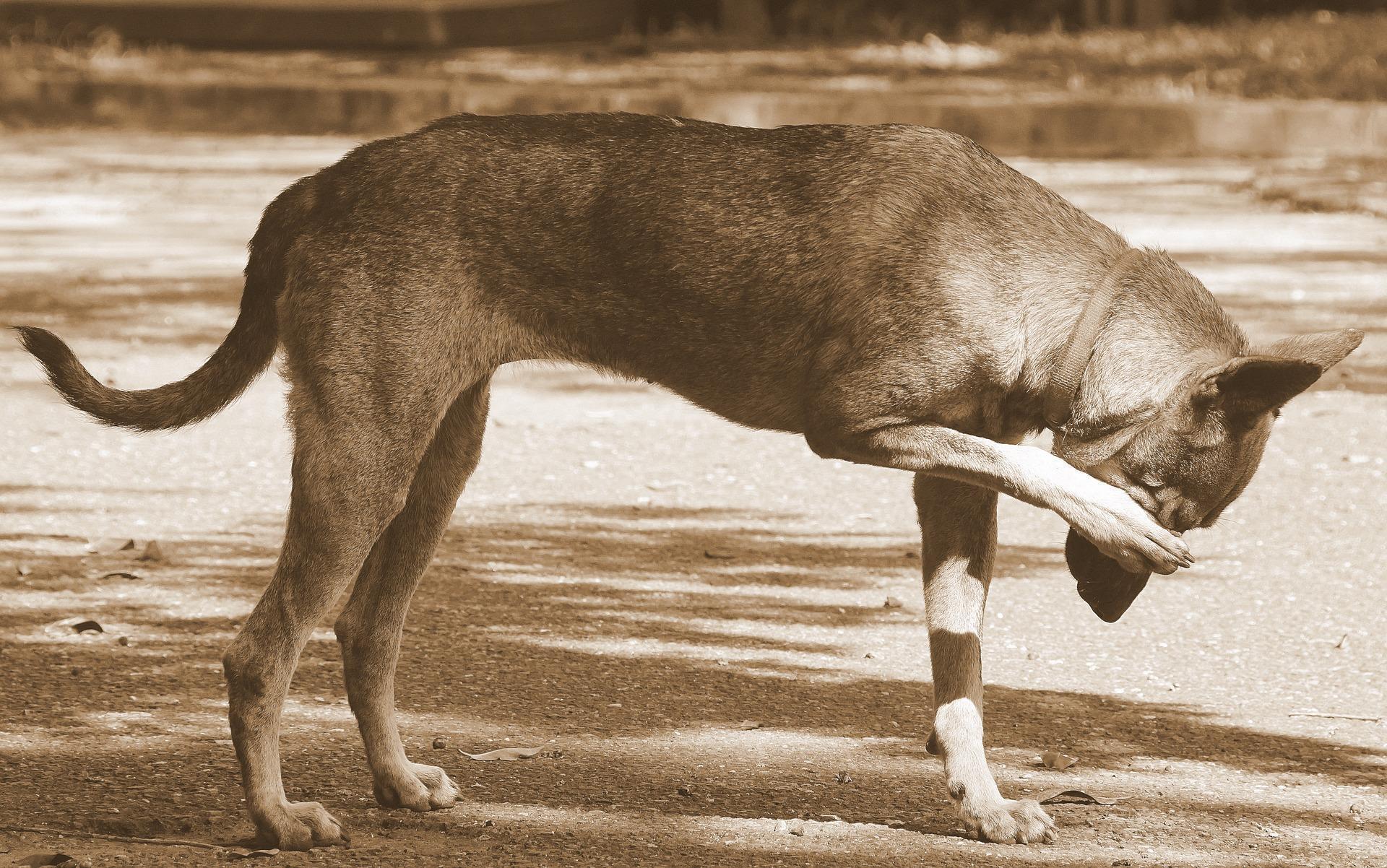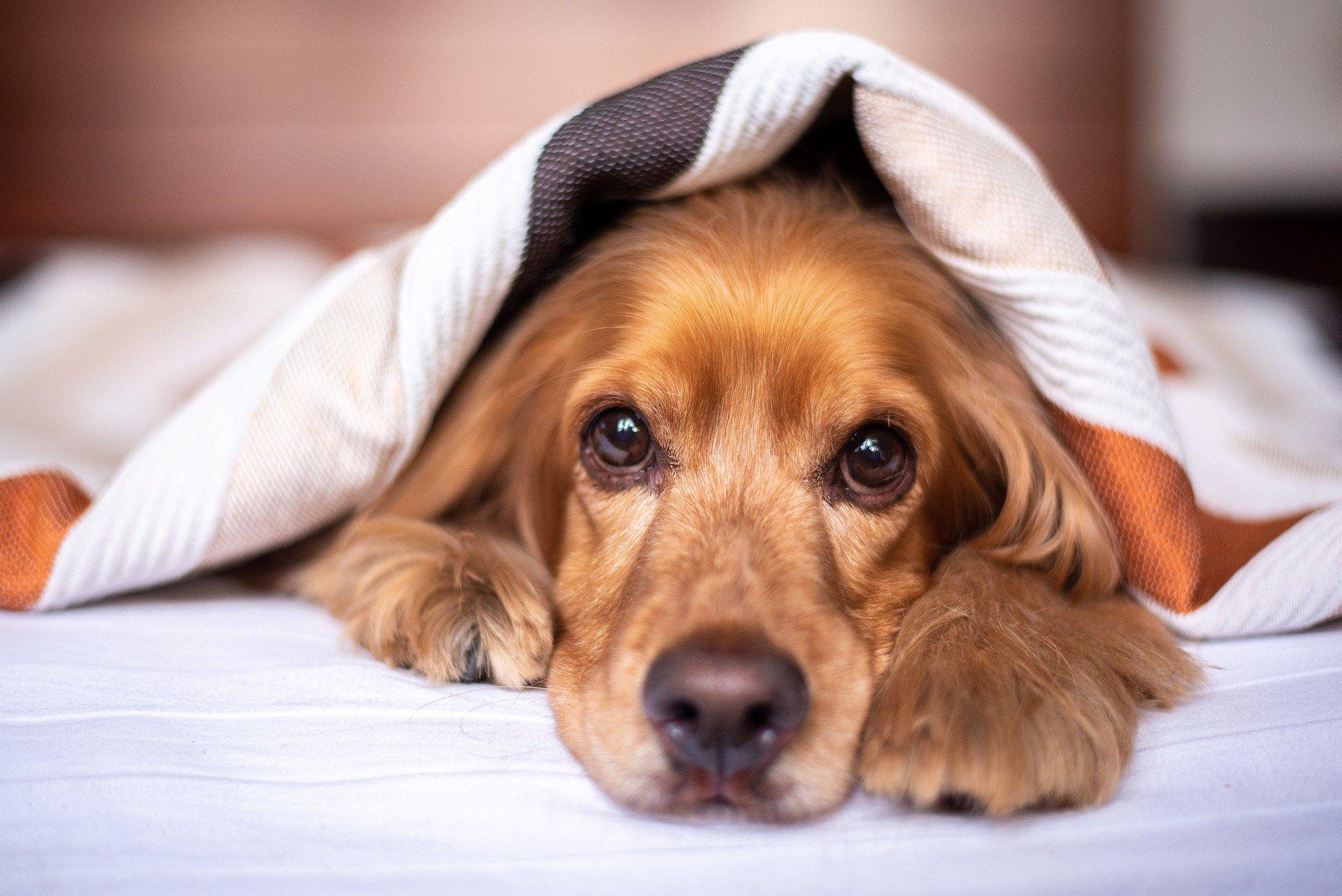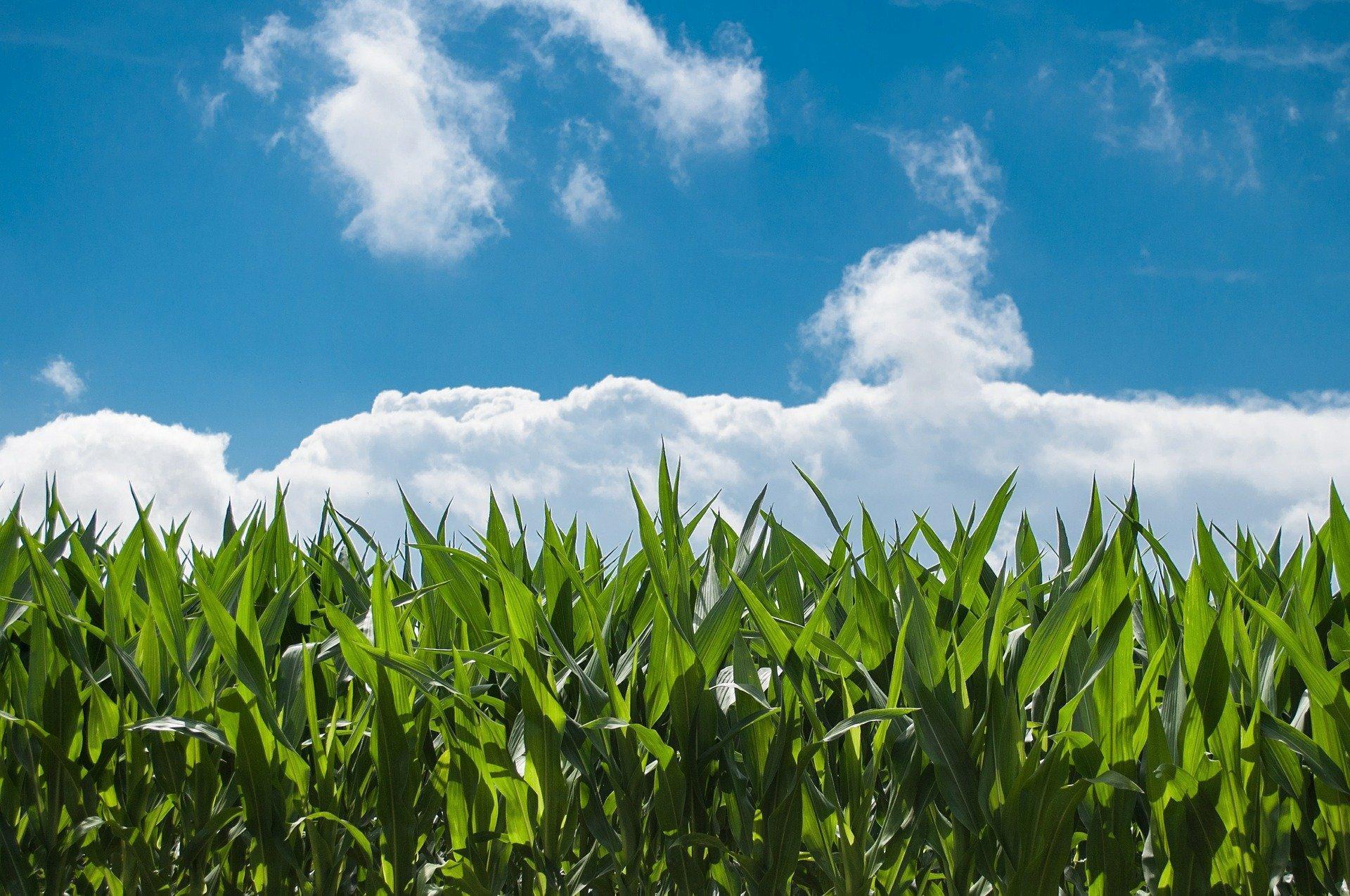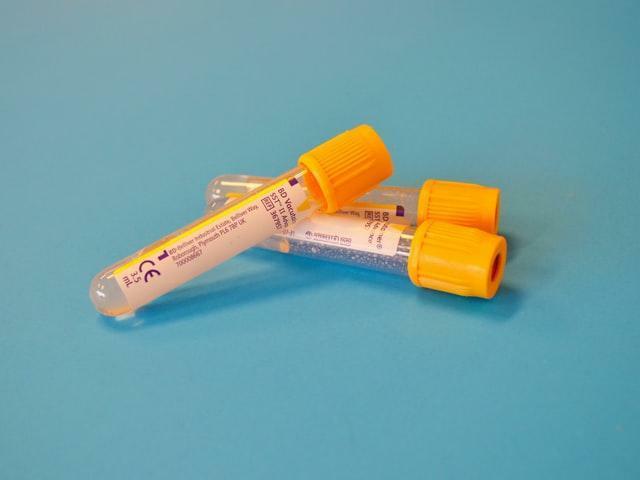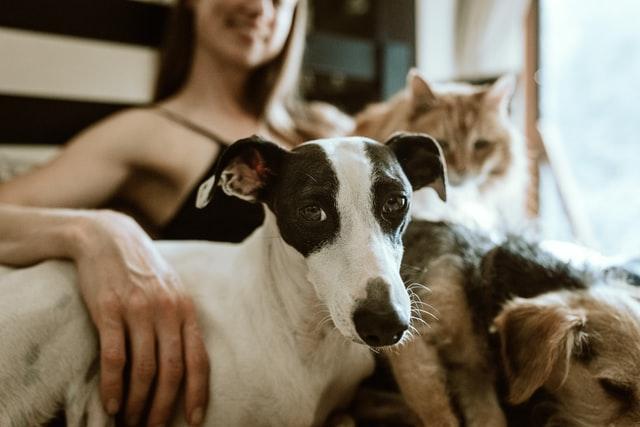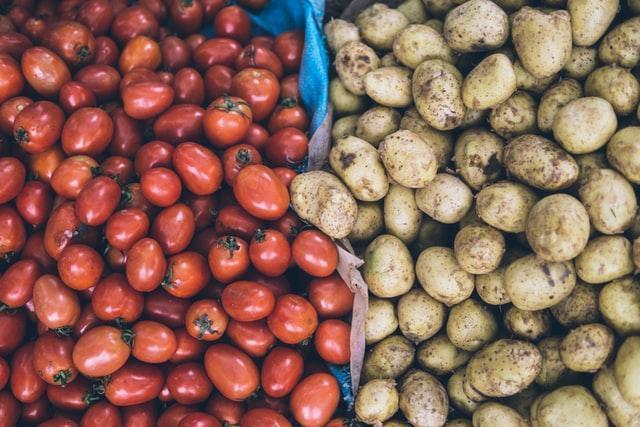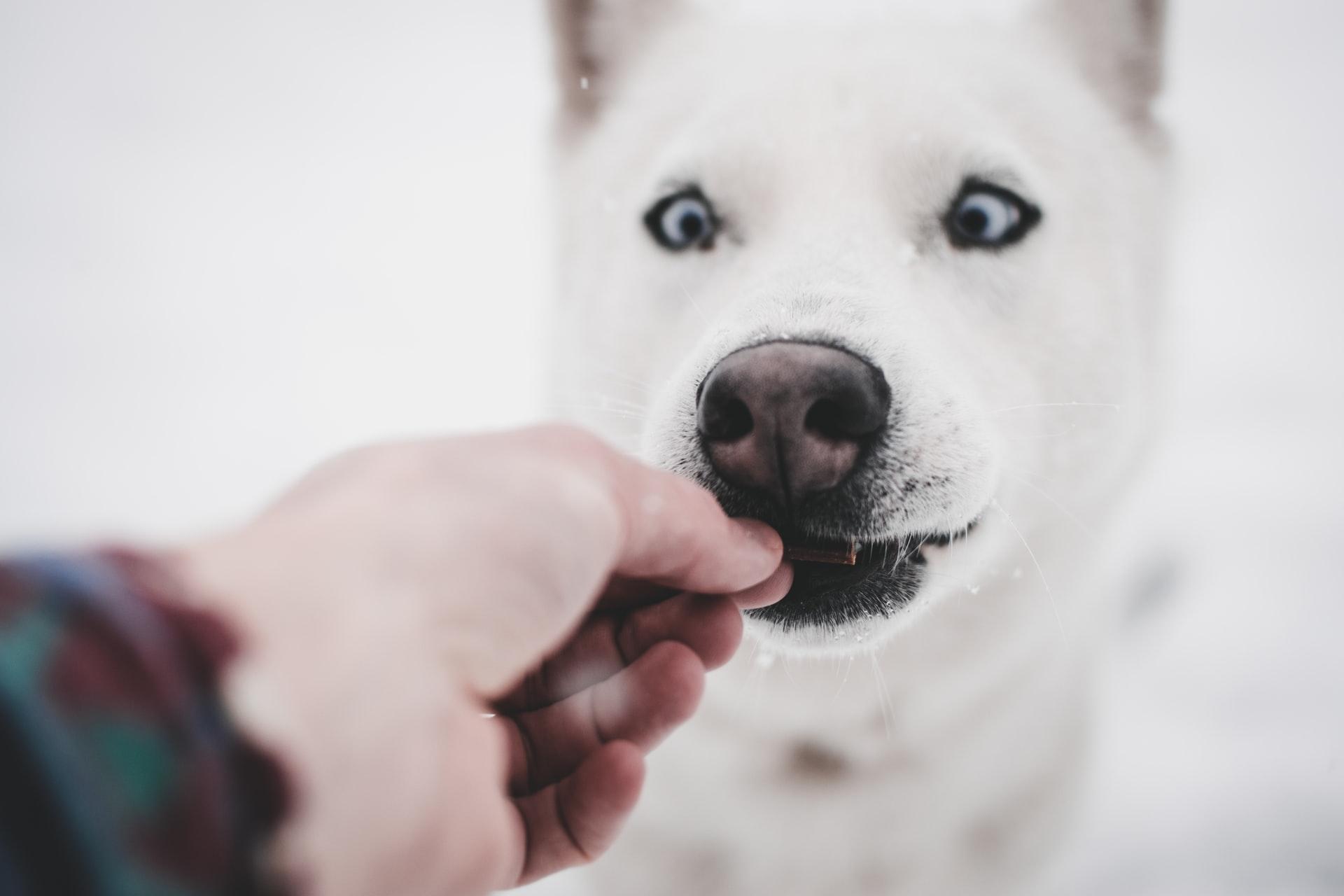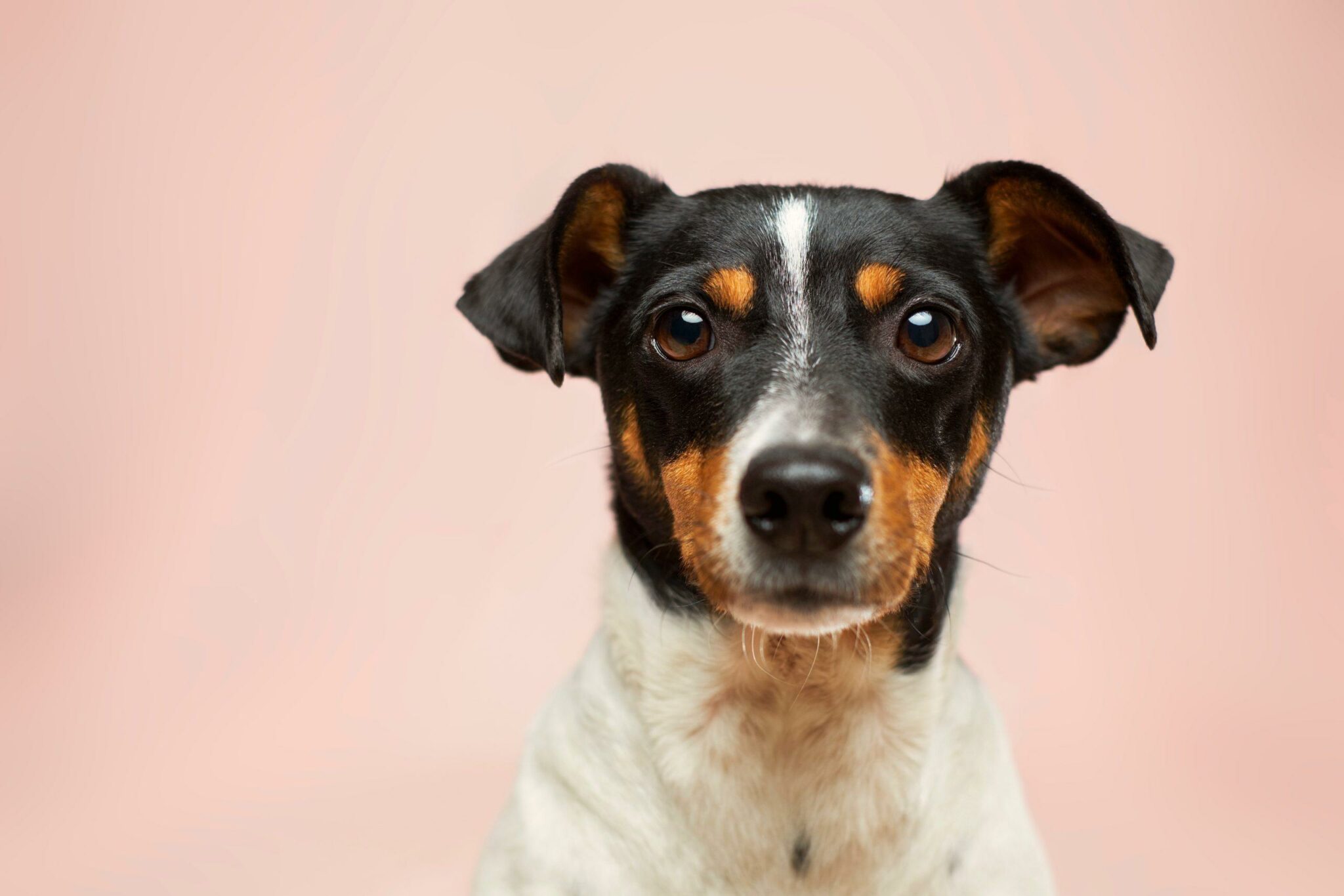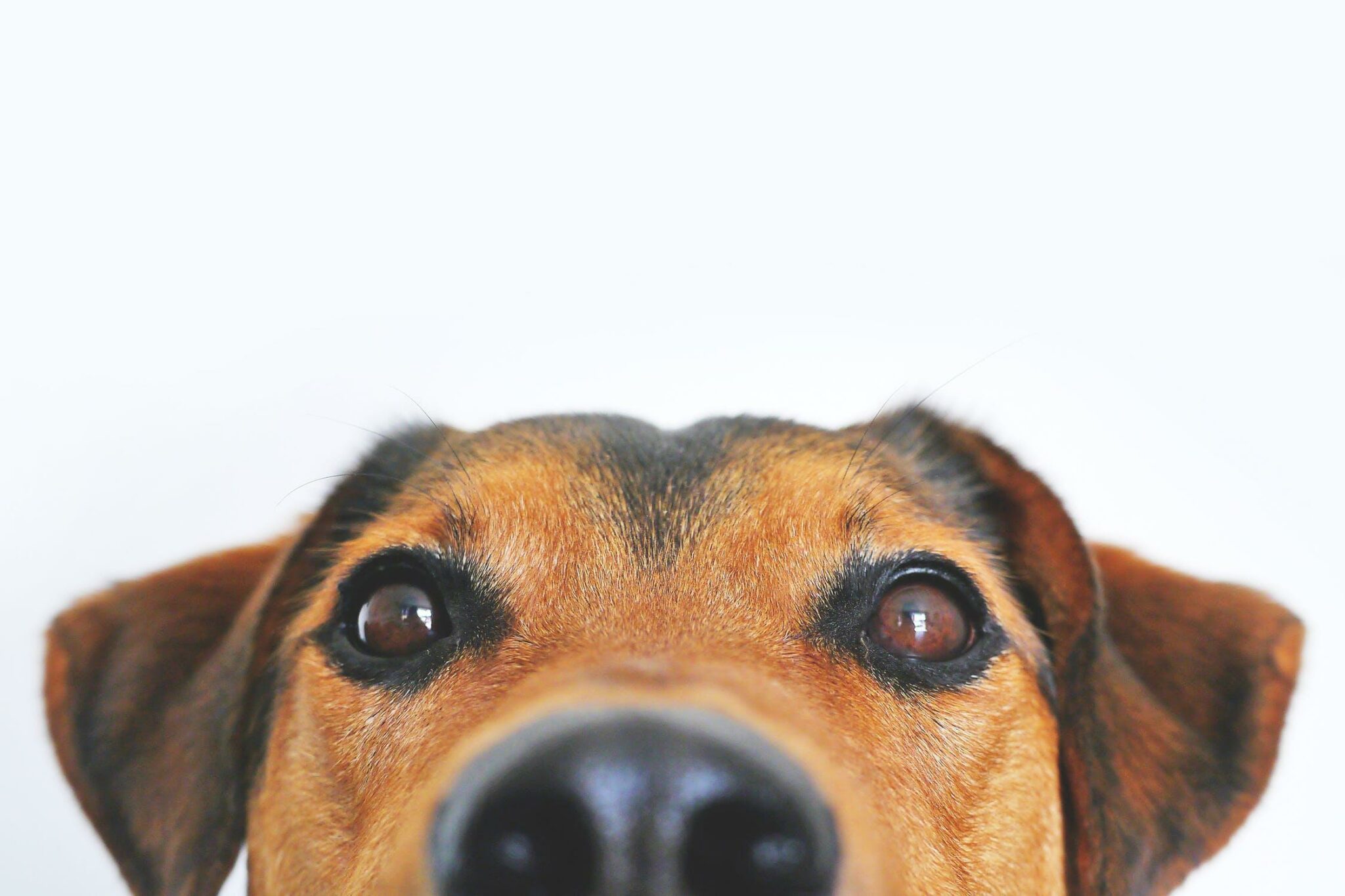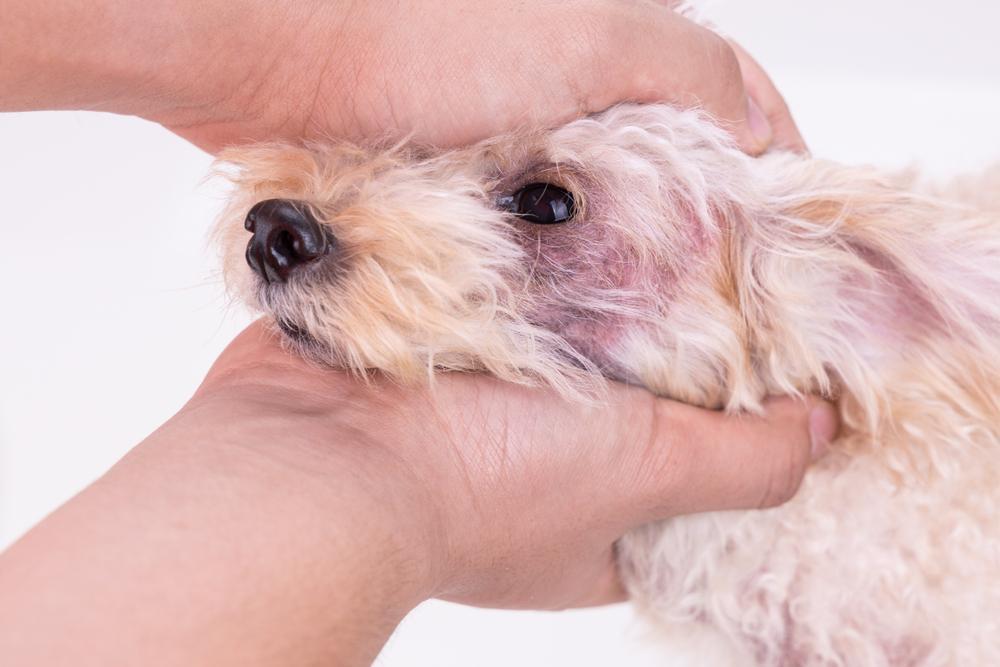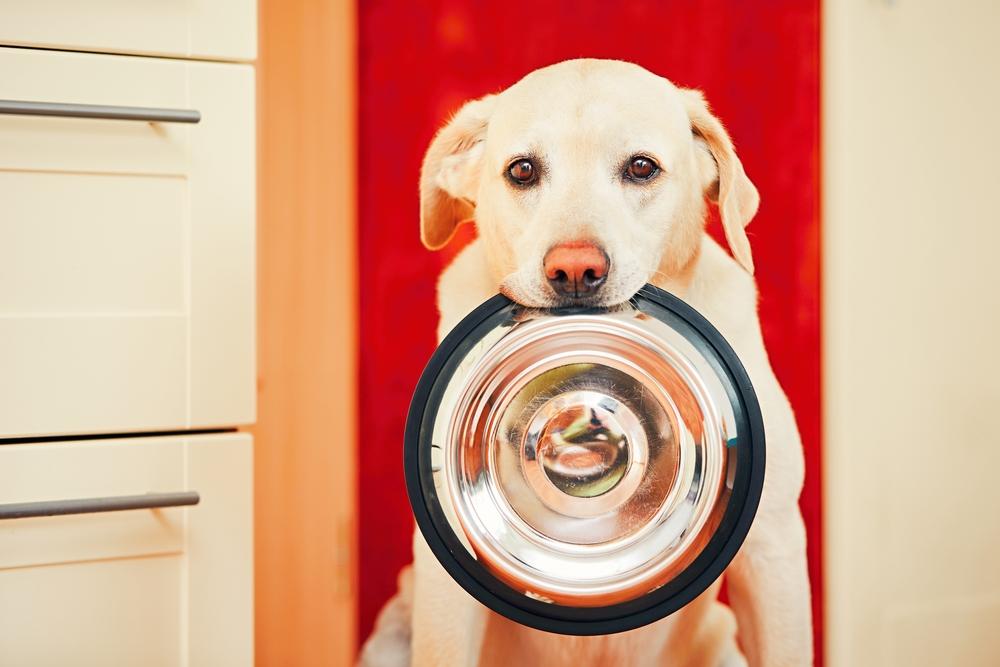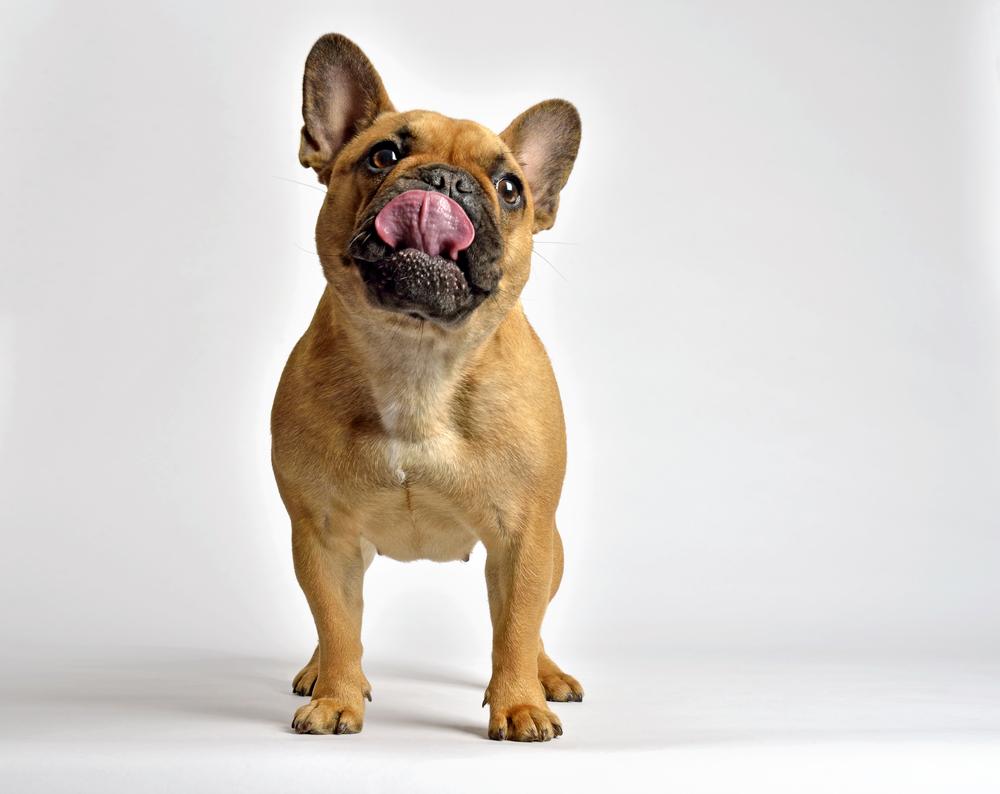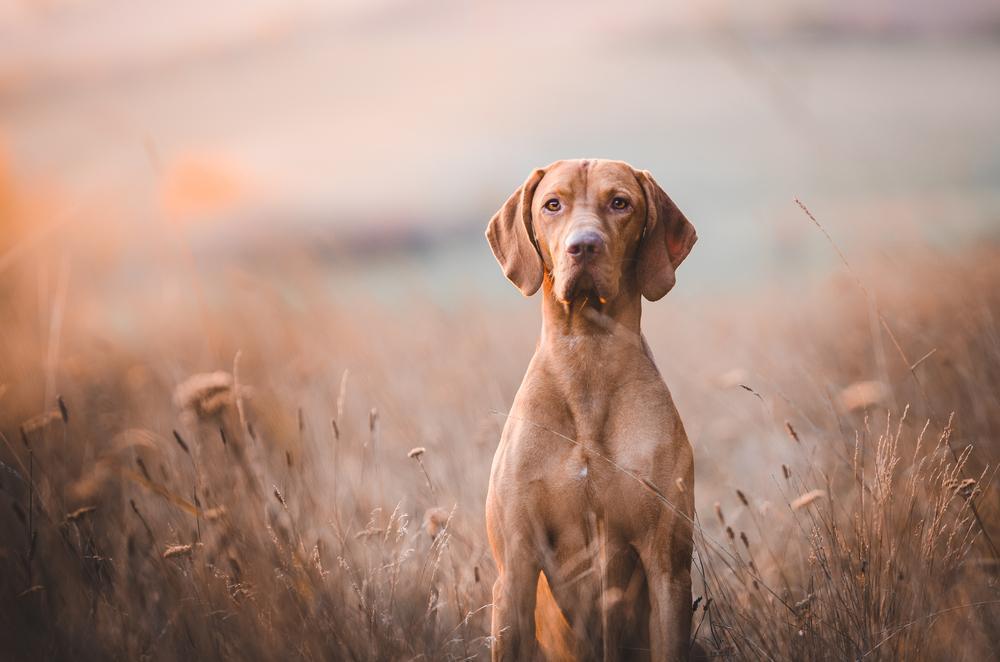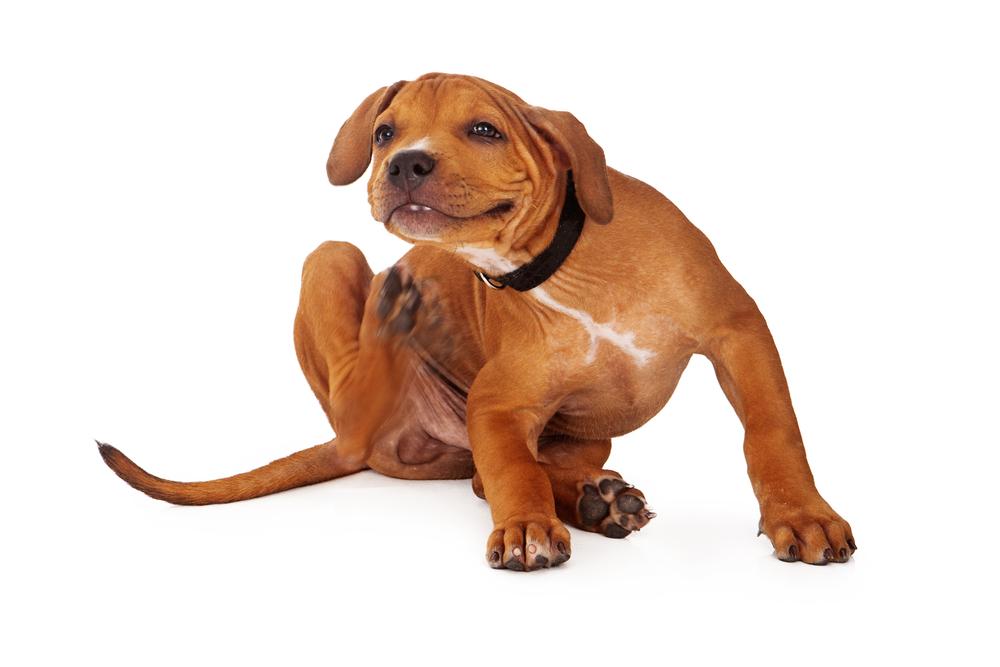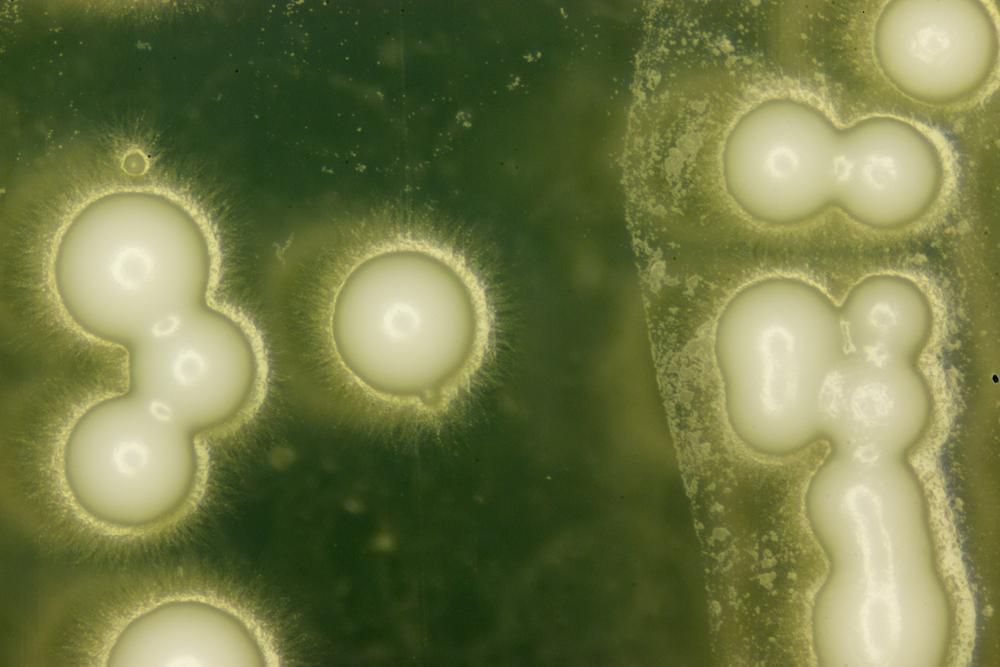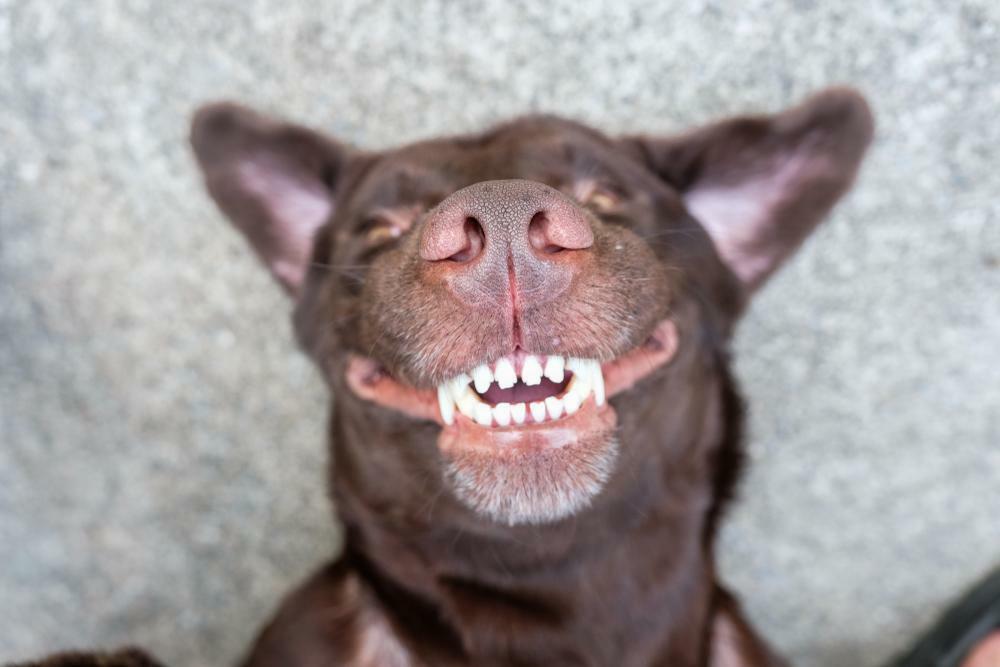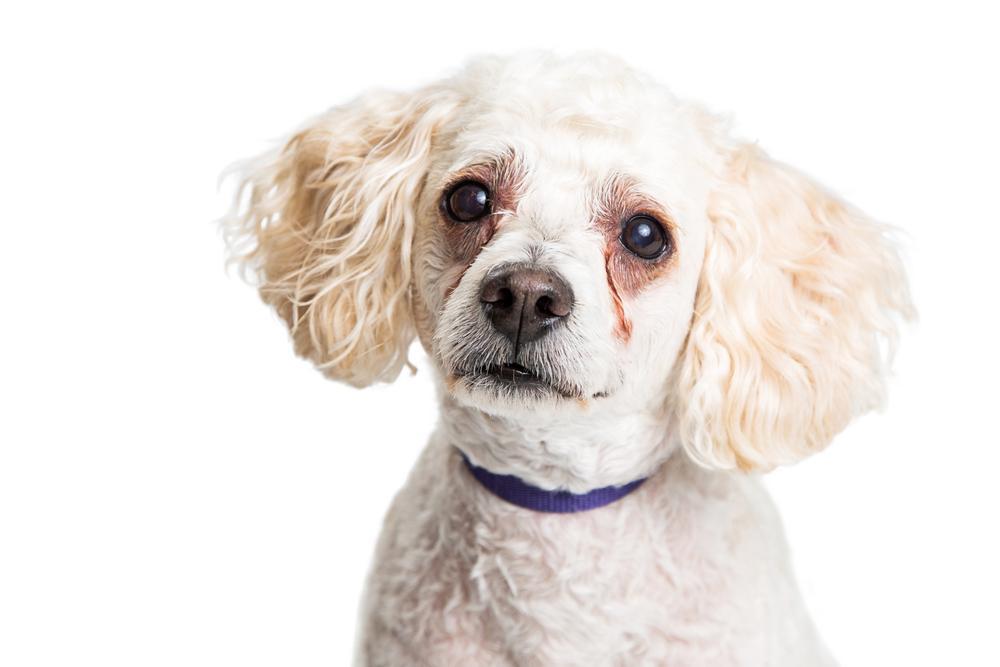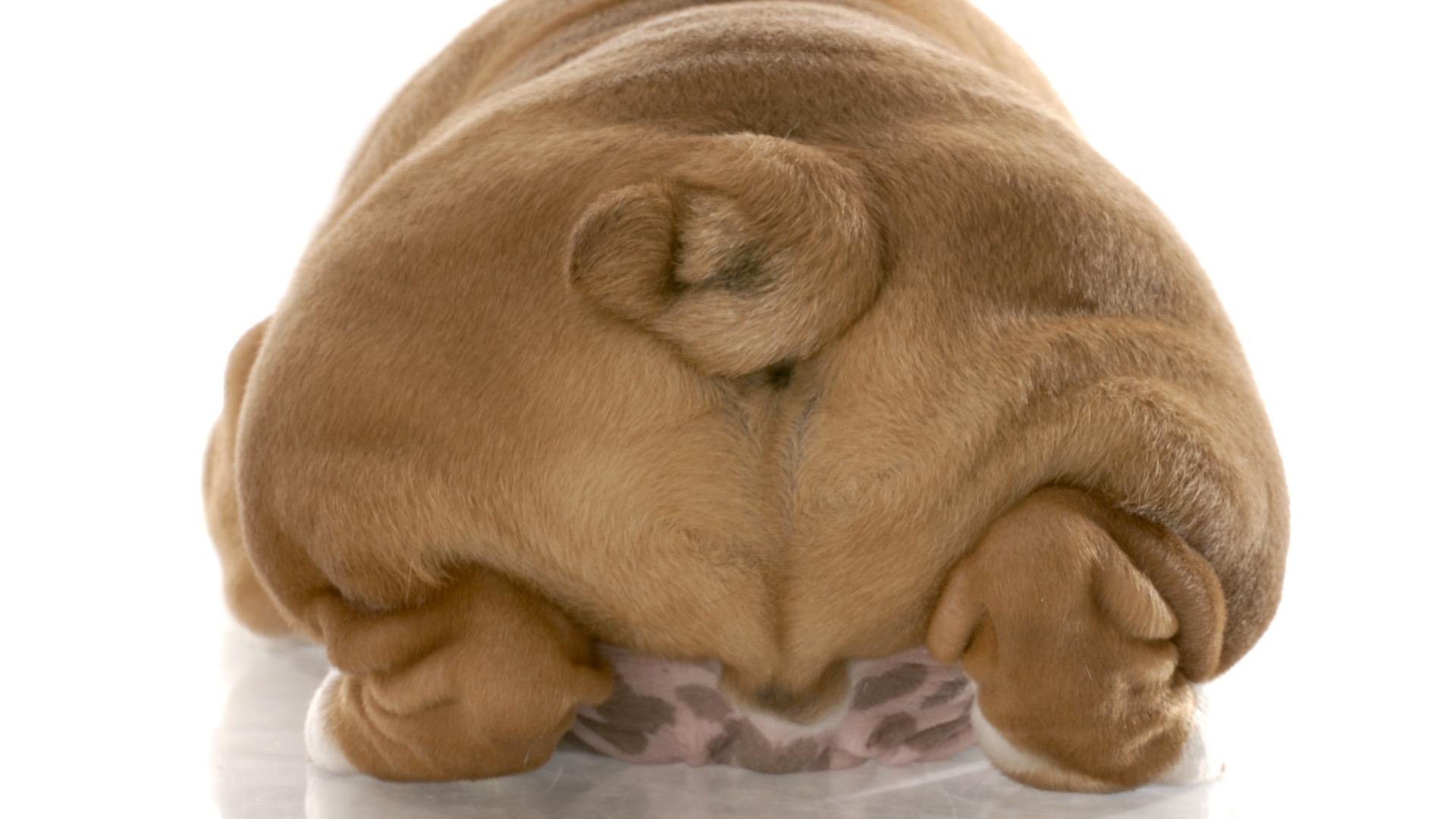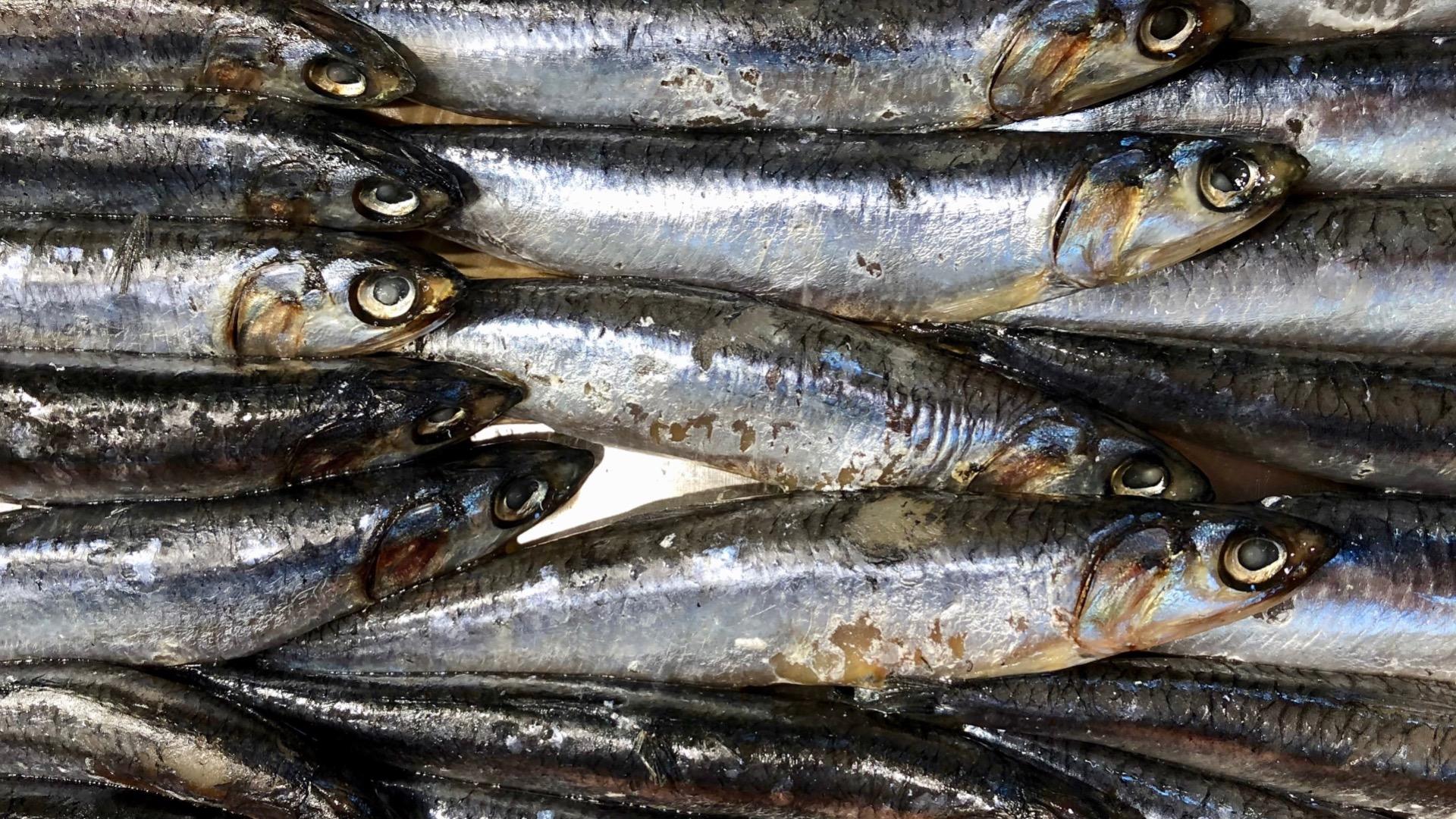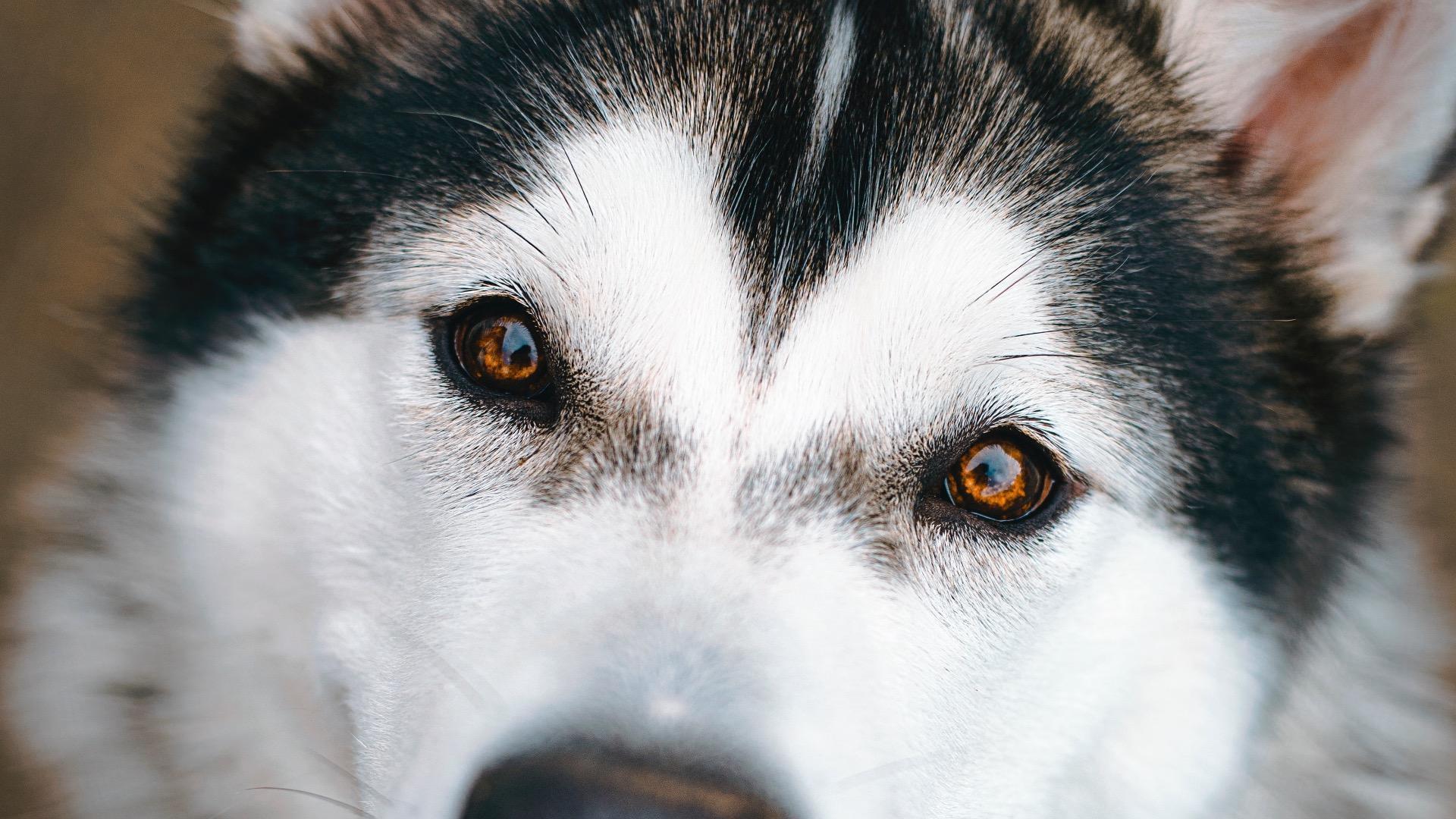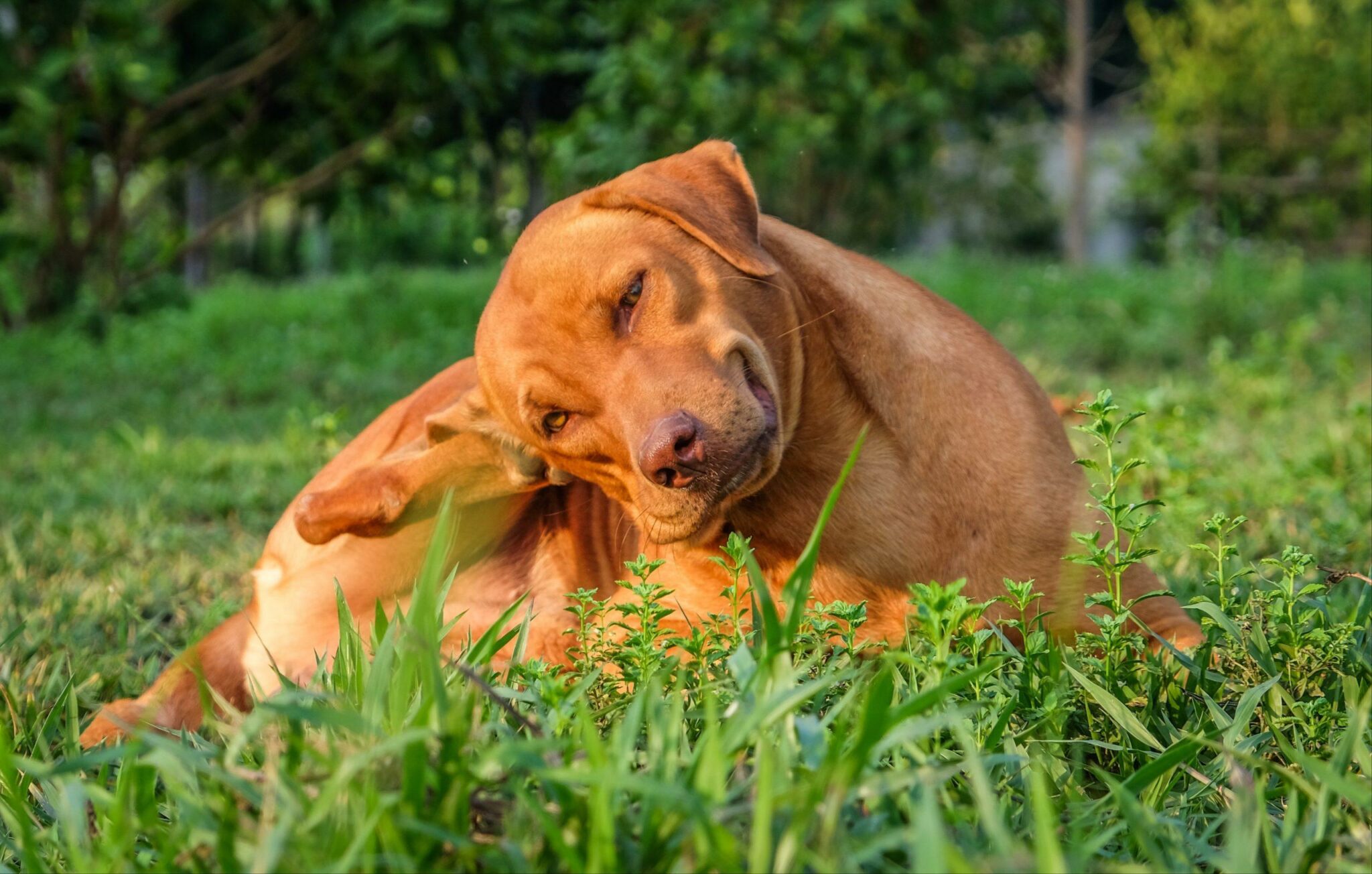We can’t tell you how much My Pet Nutritionist talk about anal glands and pooping with people. We can wake up to pictures of my client’s dog’s poop on my phone (on a daily basis). It’s a real thing people! Anal gland issues and sloppy pooh are problems that you pet parents come up against every day.
We know from research, that just over 10% of dogs will have issues with their anal glands, in their lifetime. Cat’s also have anal glands but we don’t see this issue crop up in the vets as commonly due to the nature of their social habits. Although anal glands are supposed to empty as faeces are passed, this doesn’t always happen. Over time the anal glands can fill up and can become inflamed, impacted and pretty painful. There can be many reasons why, some simple and some more complex. There are a lot of things we can do naturally for anal gland issues, so read ahead peeps.
Function and Symptoms
The anal glands function is to release pheromones, enabling the communication between dogs and other mammals, including cats. The anal glands located on the lower sides of the anus, produce a fluid with a scent that identifies him or her, communicating sex, health and approximate age to other animals. This is the reason why dogs sniff each’ others bottoms and love mooching for ‘scents’. These sacs excrete fluid when the dog/cat has a bowel movement. Discharge in the anal glands should be liquid and if the ducts are open then your dog should have no issues. As faeces pass through the anus, the anal glands become expressed and voila, pheromones are released and communication with the outside world begins.
If your dog has impacted anal sacs, they will experience some or all of the below symptoms:
- Scooting (dragging bottom on the floor)
- Licking or biting at the bottom area
- Difficulty sitting or standing
- On rare occasion, chasing the tail
Some vets may recommend removing the glands if the problem is consistent and severe but this
SHOULD NEVER HAPPEN, unless there is disease of the glands, such as cancer. Personally, I’ve seen some awful cases with removed anal glands, as it disrupts the function of the anal sphincter and interferes with the body’s ability to cleanse. They are really unwell dogs and end up displaying other issues, longterm, that are incredibly difficult to support. Always seek a second opinion.
It’s all in the Pooh
Poor quality bowel movements can contribute to anal glands becoming impacted. So what should a healthy stool look like?
To fully express the anal glands, the faeces need to look quite bullet like, powdery and dry. Your dog should not strain but a firm, pick-up-able poop, that one is able to hold between the thumb and middle finger (without it breaking), is an optimum poop. This will aid in the anal glands expressing more efficiently. Check out our guide on pooh here.
The Ultimate Dog Pooh Guide
Other reasons for Anal Gland Issues
Sometimes a dog’s anal sac issues can be a symptom of broader systemic issue. This is where our consultation services can be really help. We often find by looking at the 8 systems cycle in functional medicine, we can consider every element of health and see what might be under lying. So here is how we look at the problem.
Stress; low grade stress (commonly experienced by many dogs) can interfere with the function of the gut, slowing digestion and the transit of food. Gut microbiota (good bacteria) that supports digestive function can also be destroyed by the effects of stress. Addressing stress can be really helpful.
Digestion; poor quality bowel movements can contribute to anal glands becoming impacted. Constipation and diarrhoea can produce stool that isn’t sufficient for the task of emptying the anal sacs. This often allows for constipation or diarrhoea, preventing solid faeces passing over the anal sacs.
Supporting healthy levels of digestive and
pancreatic enzymes and good levels of gastric juices (HCL), are incredibly important for a healthy functioning bowel. SIBO (small intestinal bacterial overgrowth) and yeast infections have potentially been linked to more frequent anal gland issues.
Good bacteria in the gut is essential for optimal function, preventing bad bacteria and yeast overgrowth. Also checking for worms and parasites can be helpful in anal gland dysfunction.
Immunity; food allergies, intolerances or sensitivities are due to an under functioning or overly sensitive immune system. It is key to establish if your pet is reacting to any foods, as this can affect digestion. By eliminating them, rebuilding immunity (gut) and addressing inflammation, this can directly impact your pet’s digestive system and anal gland excretion.
Neurological; many nutrients are essential for the nervous system and this is a complex system. One key mineral is magnesium, essential for neurological function and in particular the vagus nerve that connects the gut-brain axis. Deficient magnesium can cause a slow ‘peristaltic’ movement within the bowel (a motion that pushes food through the bowel). If this isn’t functioning well, the slow passage of food can equal slow transit of food, creating constipation, slow detoxification and impaired anal sac fluid emptying.
Detoxification; is a network of systems but the liver and gallbladder are most closely connected to digestive function helping with fat digestion (emulsification). The liver must be working effectively for the digestive system to work efficiently and reduce the toxic load on the anal glands.
Structure; hereditary malformations of the anal glands could also be a cause. This is less common but worth exploring if nothing seems to help. Structure and integrity of the connective tissue with regards to stomach muscles, back muscles, back legs and so forth is supportive in allowing your dog to defecate effectively. Stooping, squatting and pushing all require strength of the body. Some dog’s who are lame will have problems expressing. Working on the structure of your dog’s body can be helpful, if this is an issue.
Hormones; low oestrogen can lead to chronic constipation in certain sensitive dogs. Seeing as many dogs (bitches) are neutered this can pose a problem. Oestrogen
and progesterone affect how the intestines work seeing as they have oestrogen receptors in their gut. This may explain why low levels of sex hormones can sometimes lead to constipation.
Low thyroid hormones can slow down digestion and cause constipation also which of course can impact emptying of the sacs. Helping to support hormones can indirectly effect the digestive system and anal sac emptying.
1. Nutrition
One of biggest causes or exacerbations of impacted anal glands is DRY FOOD. This is dehydrating to the bowels and sucks moisture from the bowels, making the passage of food, harder. Fresh food should naturally contain 65-75% moisture, dry food contains 8-10%. Dry food is also full of starches and possible grains. The pancreas of the dog only releases a small amount of amylase (digesting enzyme for carbohydrates), this may cause inflammation to the gut immunity.
Findings here
A fresh Diet allows for the healthy emptying of anal glands. A fresh and biologically appropriate diet is essential. Fresh, home cooked, balanced or raw food diets are definitely the best option if you are having these issues. Raw meat and particularly bone give a huge amount of roughage to the diet. Bone and underground vegetables are wonderful when in need of firming up poop for effective anal emptying. Adding in a a raw meat diet or bone twice a week can really help (please ensure this is well researched and monitored when given to your dog). Pureed pumpkin can also help form things up if diarrhoea or constipation are present, this is an old age remedy that is rather effective.
The Ultimate Raw Feeding Guide for Dogs
A fresh and raw diet is proven to give a better microbiota in dogs (good digestive bacteria to support health and anal sac function) and therefore a better dietary option for anal sac impaction.
Findings here
Dietary fibre is excellent at ‘moderating’ the transit time of food in the digestive tract. When this transit time is too fast (diarrhoea) fibre can slow digestion down and where it is too slow (constipation), it can help speed it up. Fibre can adapt beautifully and for this, a variation of vegetables and slippery elm (below) is great.
2. Supplements
Slippery elm; is a wonderful addition to your cat or dog’s diet, if they are having consistent anal gland problems. Slippery elm, also known as the red elm, is a native tree to North America. People use the inner bark for many different health concerns. It is a mucilage and as such, creates a layer around the mucous membrane of the digestive tract, soothing and healing the gut mucosa. It helps regulate constipation and diarrhoea and helpful in creating a sooth passage for food. I always refer to this beauty as an adaptogen as it helps regulate acid levels in the gut, intuitively raising or lowering the amounts by supporting the epithelial that regulates acid production.
Gut Guardian
Digestive enzymes; support digestion, breaking down food down effectively, allowing for smooth passage and avoiding fermentation of food and slow transit that may exacerbate anal gland issues.
Prebiotics and Probiotics; creating a healthy gut environment helps the breakdown and passage of food. It prevents a slow transit of food and possible fermentation that can lead to anal gland problems. Feeding a raw food diet allows for a more diverse and healthier microbiota in dogs.
Findings here
Ashwaganda; is a fantastic, regulatory herb that helps the system when anxiety and low grade stress are contributing to a slow and troubled system. This is more an indirect ingredient but it can help regulate the digestion system rather nicely. When your pet experiences stress, the bowel goes on lock down (we know all about lock down), where the ‘fight or flight mode’ activated by cortisol (a stress hormones), pumps blood to the peripheries and heart and averts away from digestion. As you can imagine this can really effect digestive function, and prevent proper digestion of foods.
Findings here
Magnesium; comes in many forms. If your pet is anxious but also low on magnesium, I suggest magnesium taurate. If we simply need to speed up transit and work on the vagus nerve (gut-brain axis), I would recommend magnesium malate or glycinate. Caution should be taken with amounts given.
Findings here
Omega Oils; can really help with innate cell function in the gut, creating a more soothe transition of food by reducing inflammation. I like organic hemp oil and fish oil from sardines and anchovies, carefully selected, sustainable and with added antioxidant protection. Please refer to the Ultimate guide to Essential Fats for more information.
Guide
Milk thistle and dandelion; both herbs encourage liver and gallbladder health, while increasing bile flow. Bile is essential for the breakdown of fats in digestion (emulsification), and may help to soften or firm up stool.
Findings here
Fibres such as
pumpkin powder, apple pectin and psyllium may slow down or help transit of food, bulking stools, allowing for effective faecal passage over the anal glands.
3. Alternatives to flea treatments and vaccinations.
Reducing toxic overload keeps your pet’s system in better order, stools should be healthier and the need for detoxification goes down. This will in turn take some pressure off the anal glands. A cleaner way of living is better for you and your pet, so check out this blog on ways to detoxify your pet’s life. Please ignore the fact it is for cancer patients. This is for general lifestyle tips.
Reducing your Pet’s Toxic Overload
Anal Compress Recipe
4. Epsom Salt Calendula/Chamomile Compress
- Add 1 to 2 teaspoons of Epsom salts into ‘warm water’. Boil water and add cold water before adding the salts. If you don’t have Epsom, add salt instead.
- Add 10 drops of Calendula tincture to the mixture. If you don’t have calendula in the cupboard, but have a chamomile teabag, pour the boiling water of the bag before adding the Epsom salts. Leave the tea to steep, for 15 mins and then add Epsom salts. Add additional hot water if this is too cool.
- Pour it onto a clean cloth and hold it against the inflamed area for a few minutes or as long as they will allow, until cooled.
- Repeat the process every hour or so or until the swelling has gone down. This may even allow the glands to empty naturally if done frequently enough.
And there you go!
We hope this was helpful. We understand that such issues as anal glands and digestive issue can be complicated. We are here to support you and create a doable diet and supplement plan to help your pet in any situation.
If you need more information and guidance, please check out our services.
Consultations
MPN Team x


